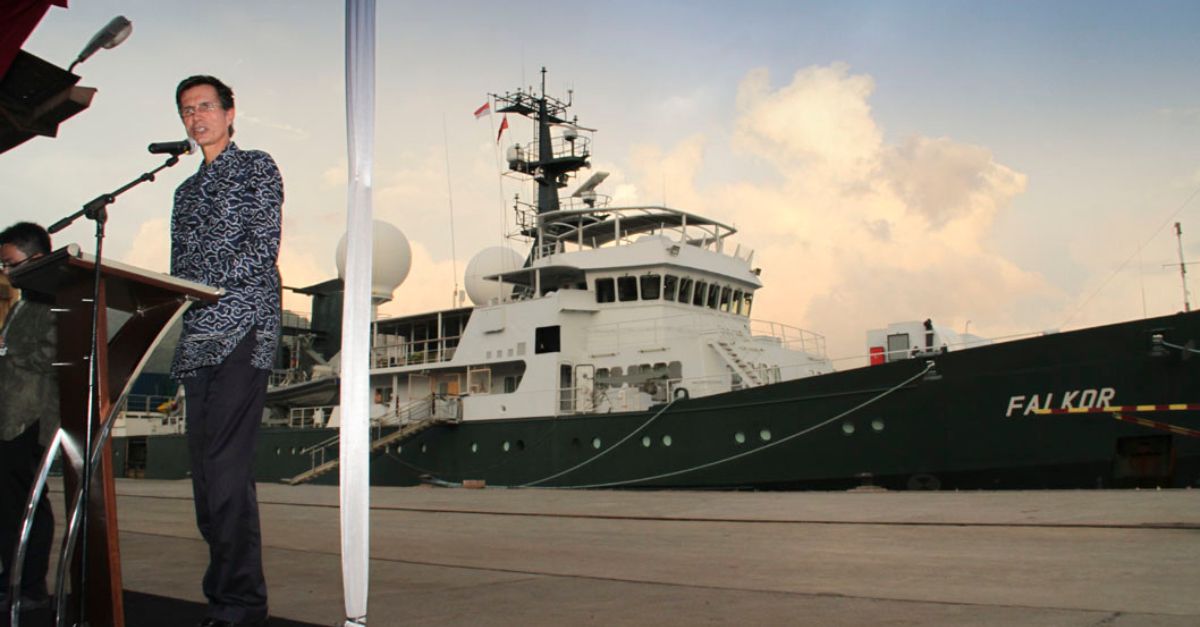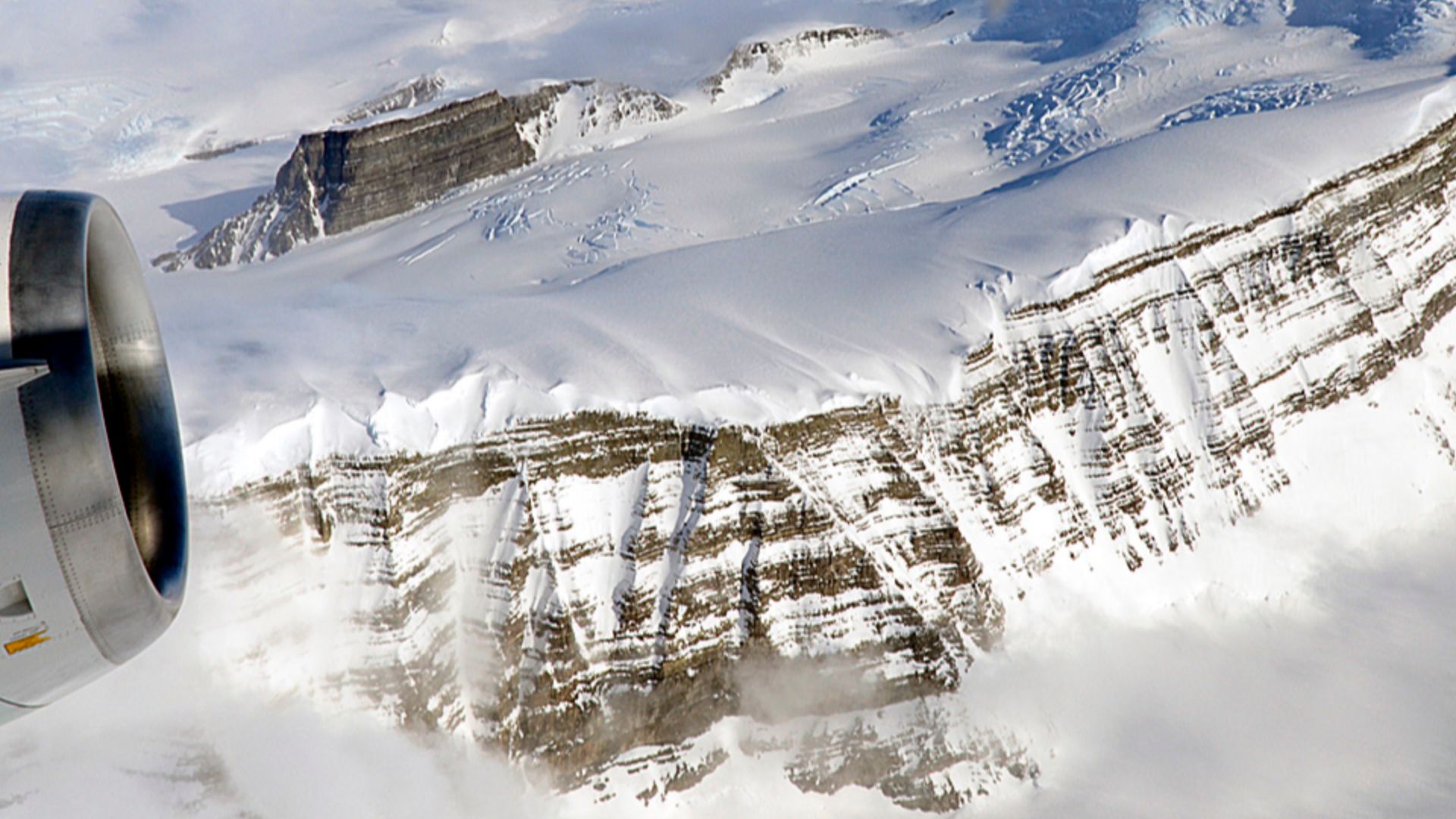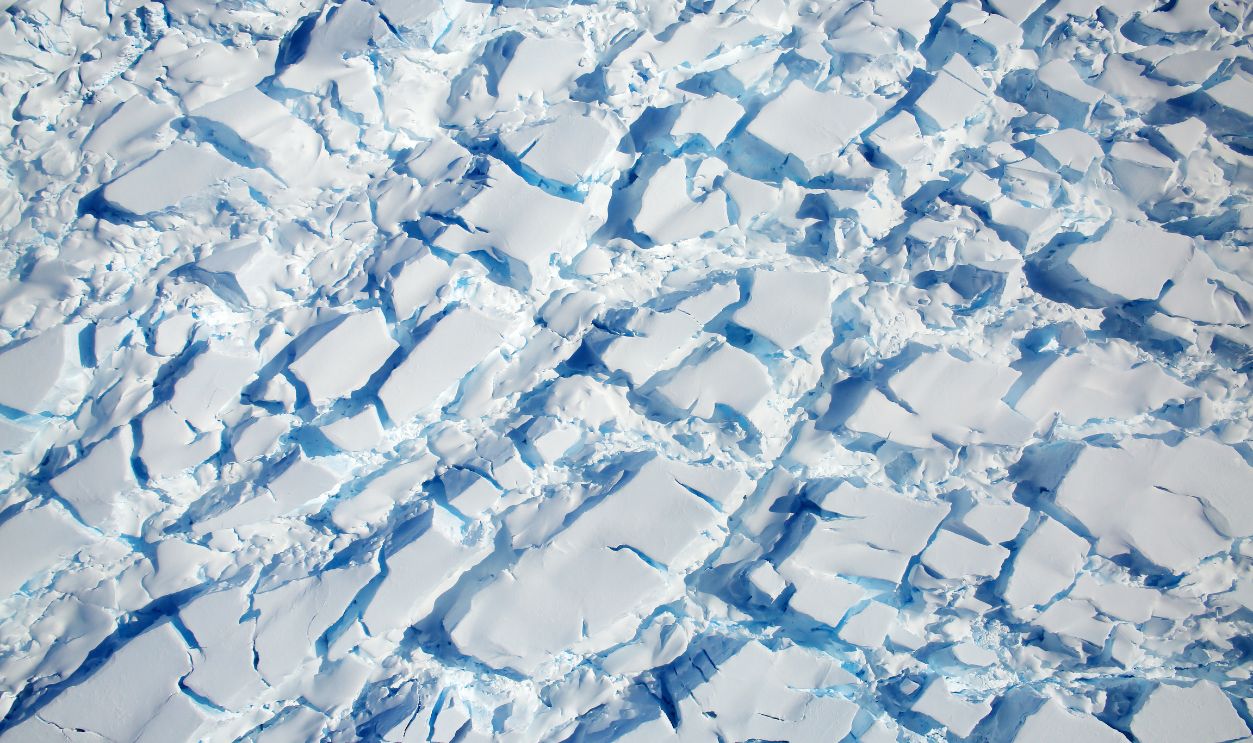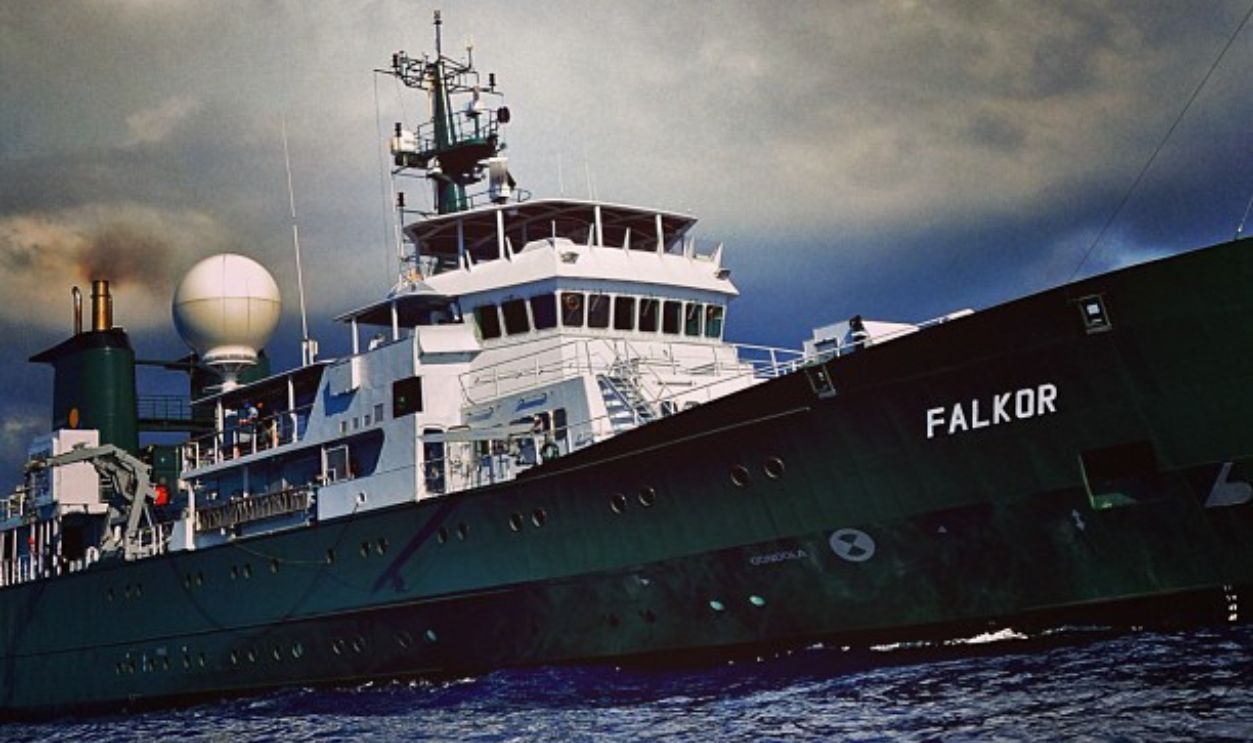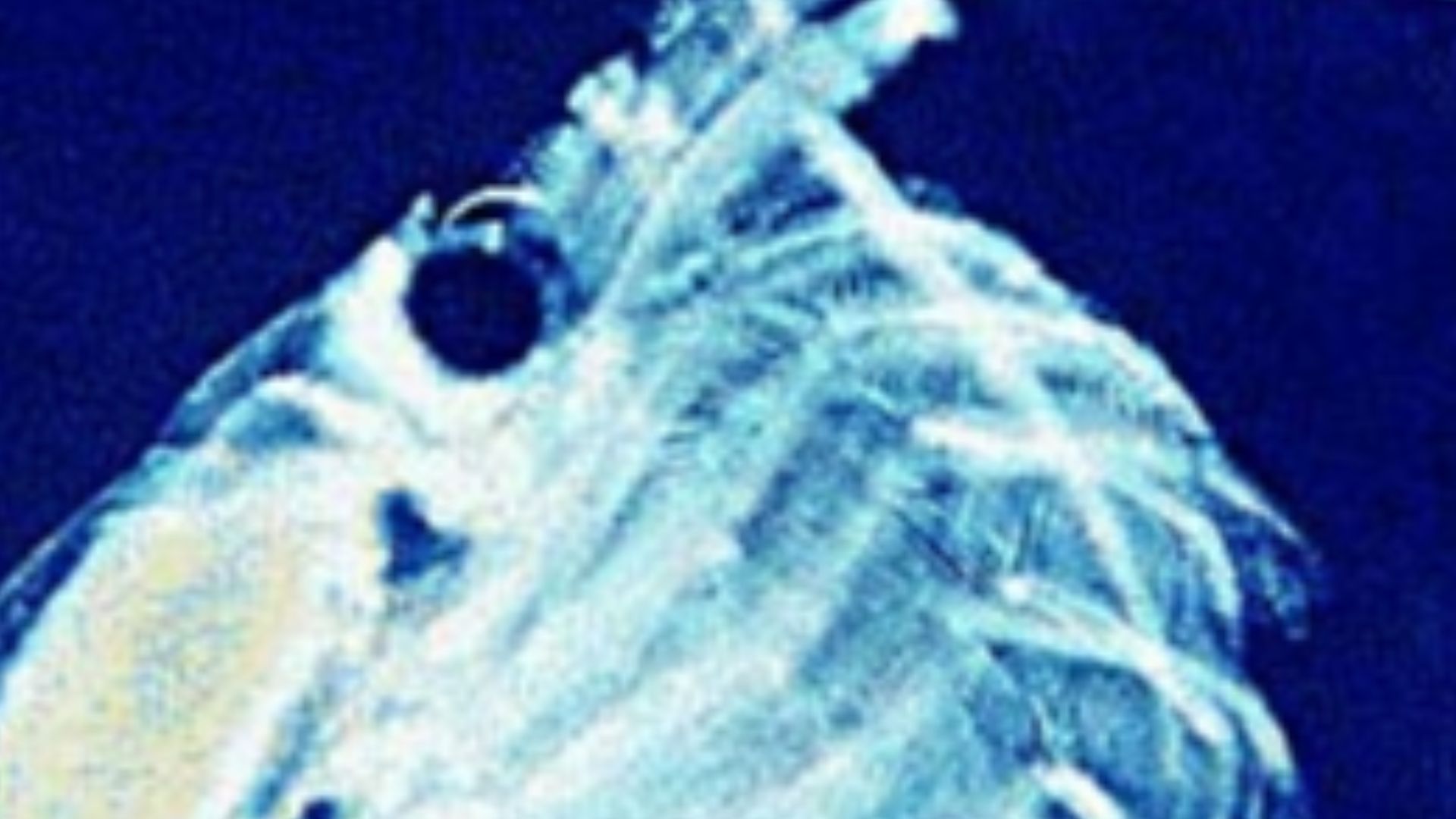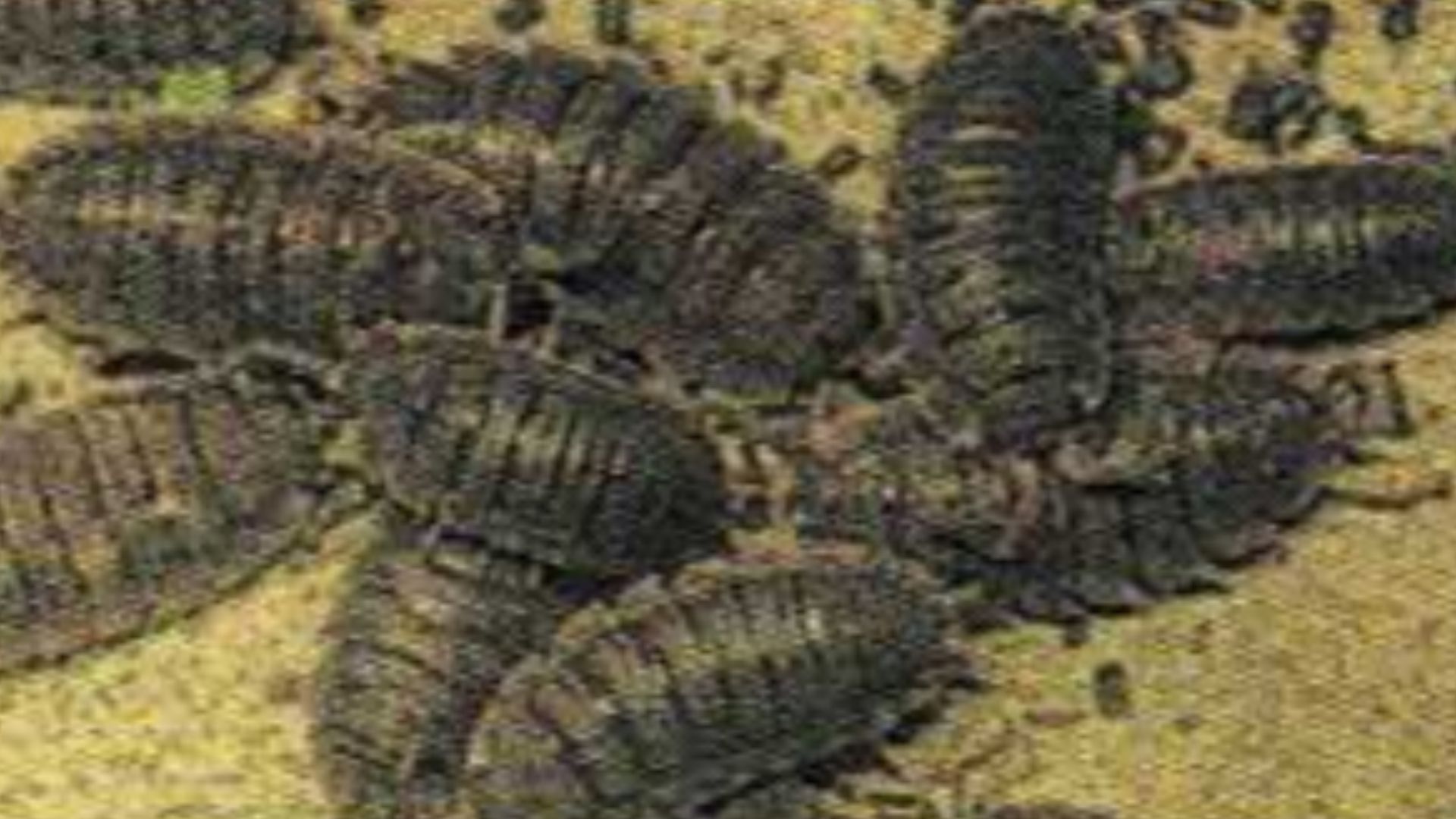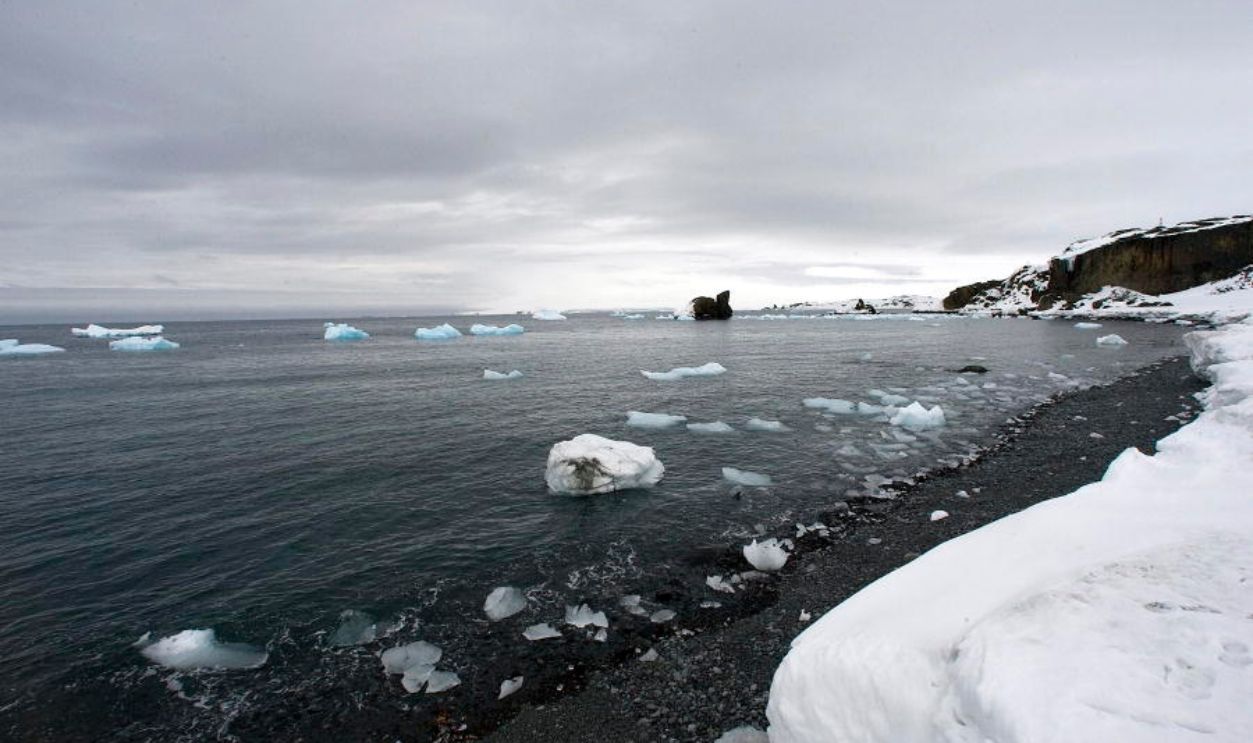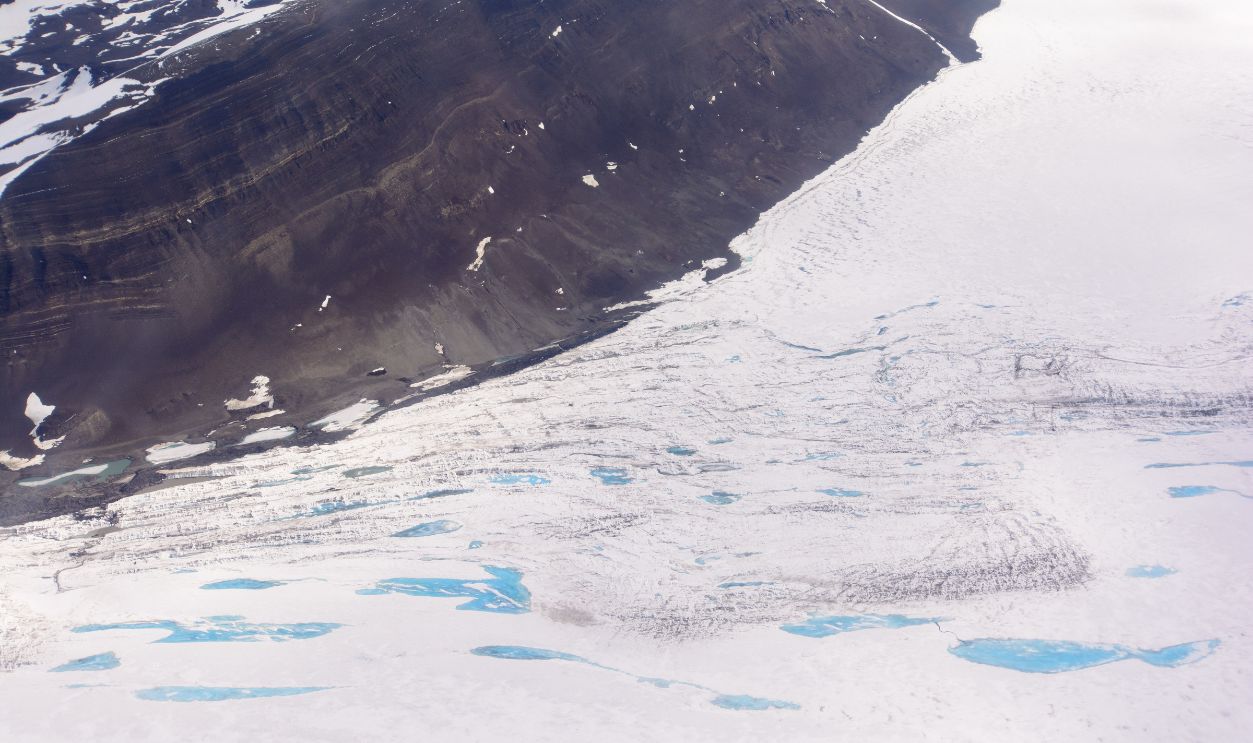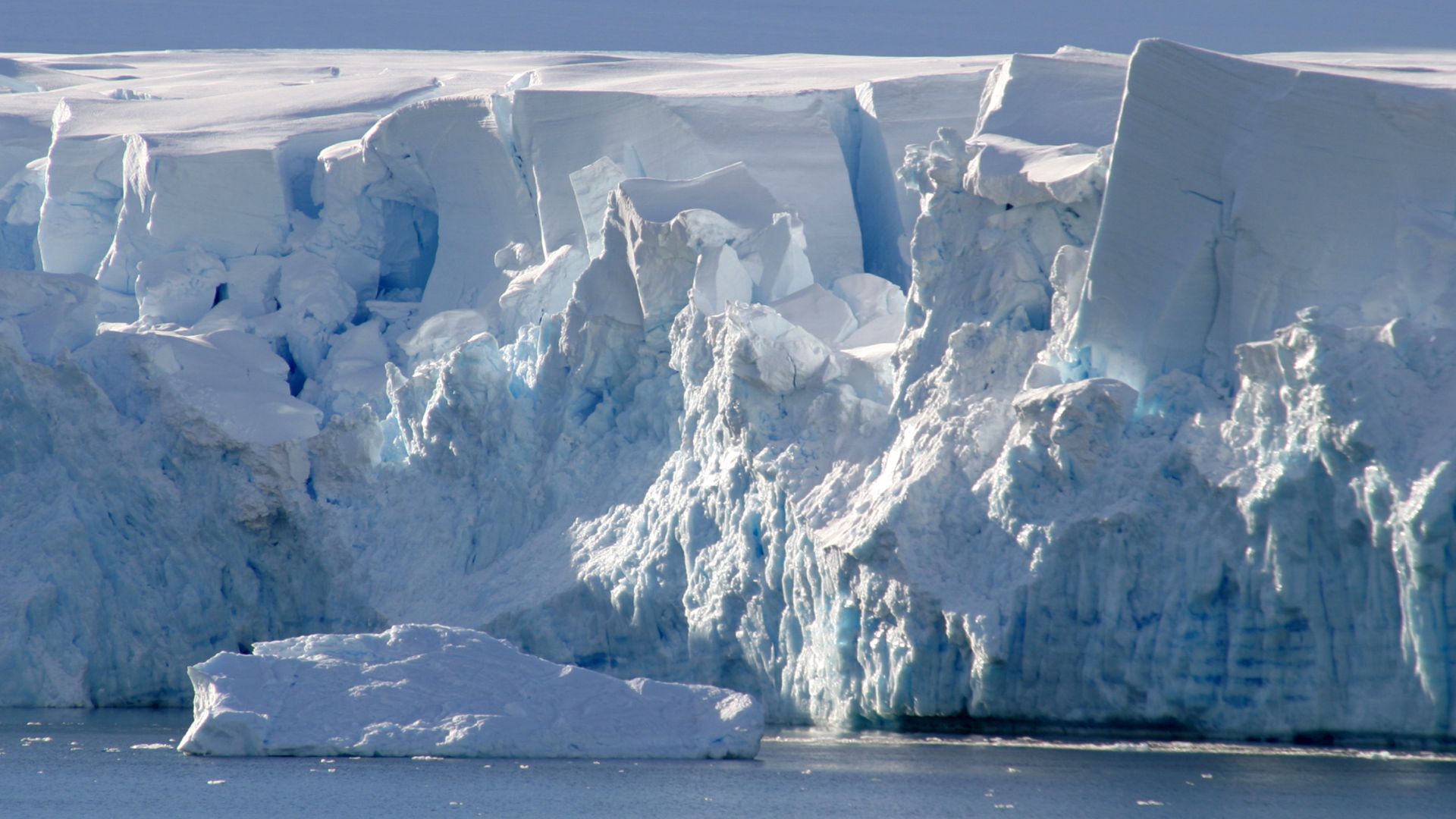Underneath It All
The ocean floor was covered with ice for who knows how long. Then, one day, it wasn’t. And in that bare stretch, a whole ecosystem blinked into view.
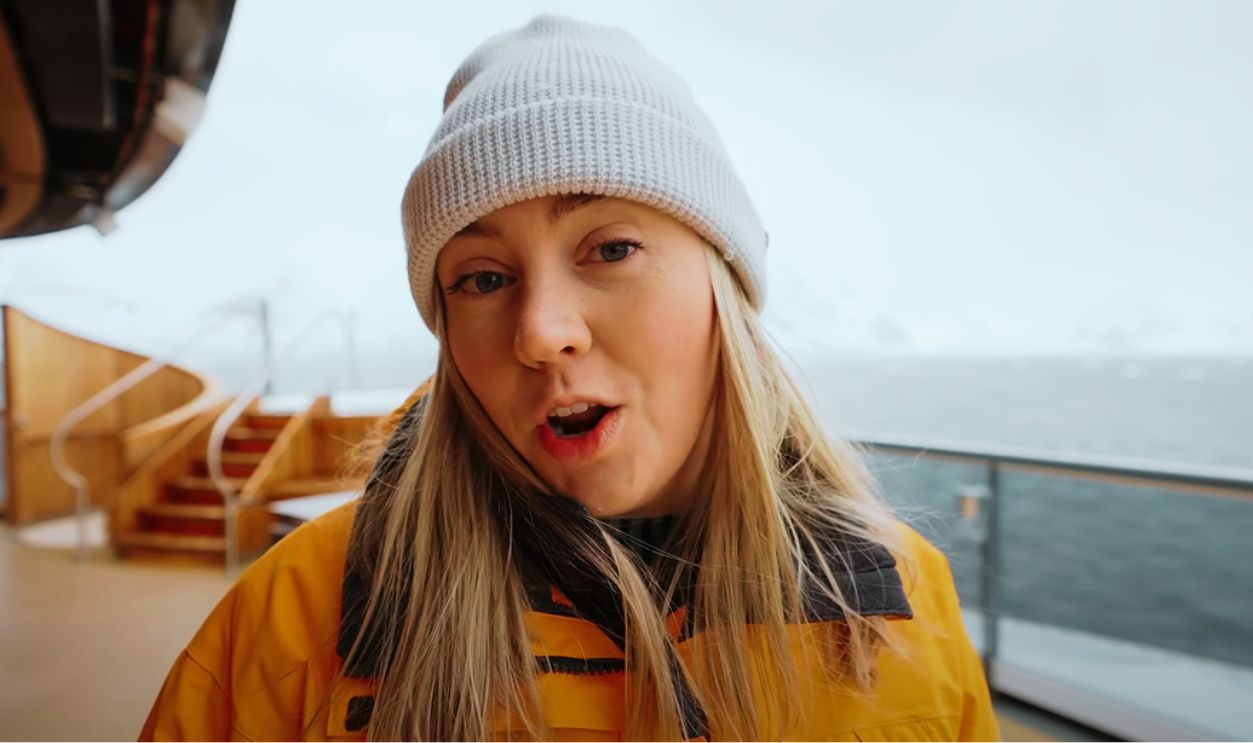
The George VI Ice Shelf Faced Accelerated Melting
The George VI Ice Shelf, hugging the western Antarctic Peninsula, has been retreating faster. Why? Warmer air from above and ocean heat from below are double-teaming it. The ice here has thinned dramatically over the past two decades, with some parts vanishing by over 30%.
A Massive Iceberg Named A-84 Calved On January 13, 2025
Snapped like a chocolate bar, the massive A-84 iceberg—about the size of Chicago—cracked off the George VI Ice Shelf on January 13, 2025. Stretching over 19 miles, this icy colossus signaled a significant shift in the continent’s icy defenses.
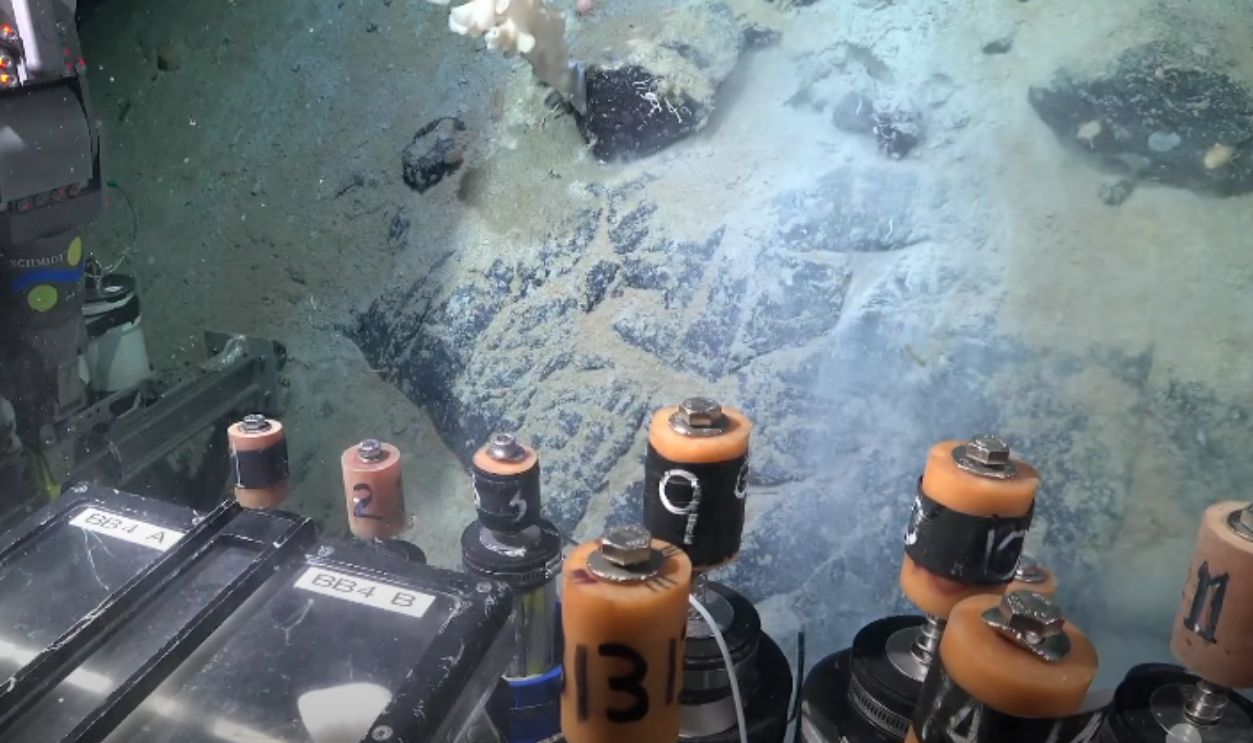 George VI Ice Shelf, Antarctica | SOl Divestream 788 by Schmidt Ocean
George VI Ice Shelf, Antarctica | SOl Divestream 788 by Schmidt Ocean
Satellite Imagery Tracked The Iceberg’s Movement
NASA’s satellites have front-row seats to Earth’s frosty drama. They traced A-84’s path with eerie precision from orbit, watching it glide like a silent giant across the Southern Ocean. These eyes in the sky offer time-lapse truths by documenting every shift, split, and drift.
Researchers Aboard R/V Falkor (Too) Redirected Their Mission
After getting the news, the crew aboard the research vessel Falkor (too), a floating laboratory, pivoted instantly. Originally headed elsewhere, they couldn’t resist the opportunity to study this freshly exposed seabed. These scientists dropped everything to witness what no human had ever seen before.
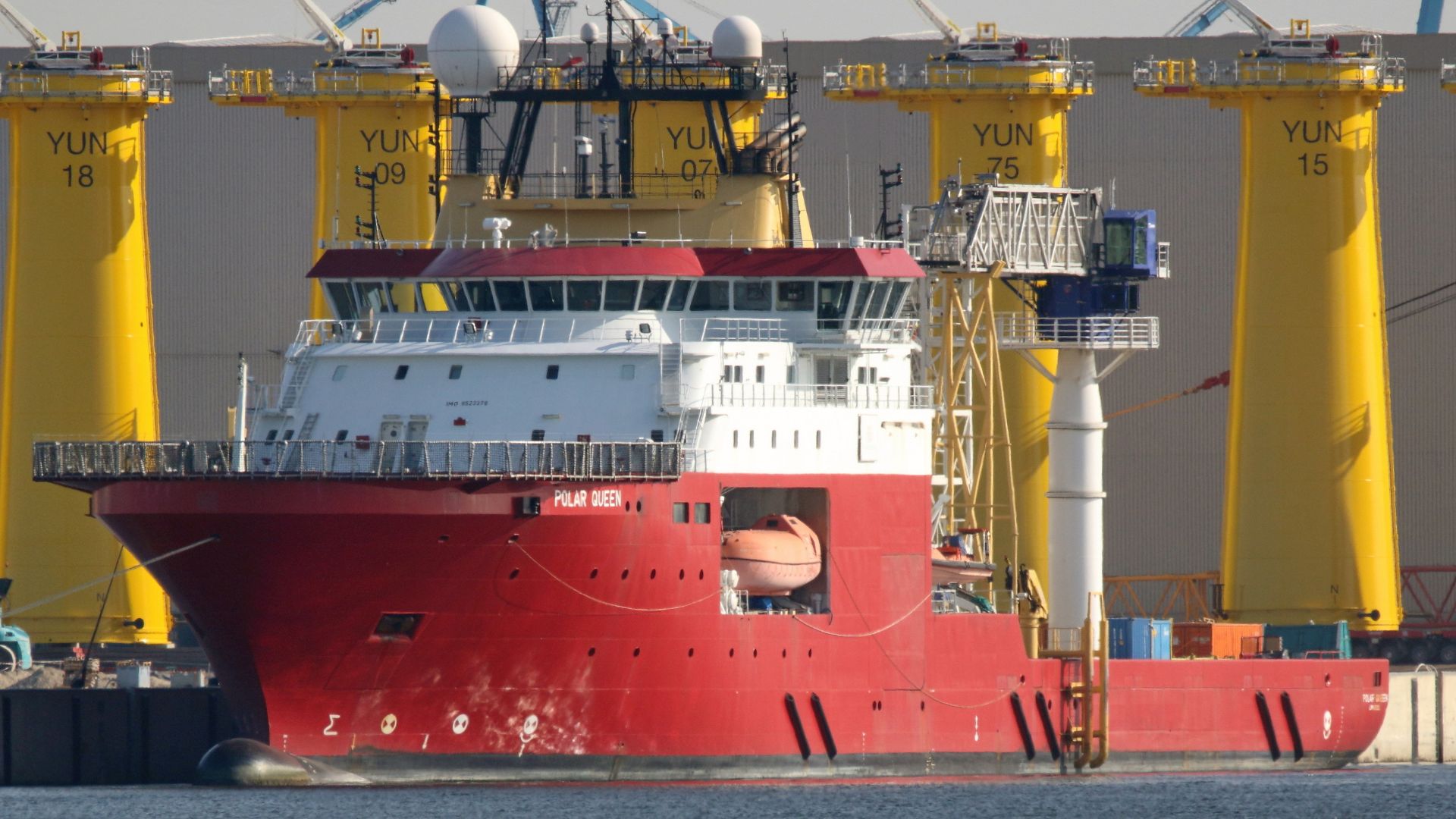 Martin Lüke from Ennepetal, Deutschland, Wikimedia Commons
Martin Lüke from Ennepetal, Deutschland, Wikimedia Commons
The Team Reached The Site Within Twelve Days
The team reached the iceberg’s former resting place in just twelve days. That’s lightning-fast in polar exploration terms. Imagine racing against time to peek inside a locked vault before the contents changed forever. That’s what they did—slipping in before currents and sediments could erase the clues left behind.
ROV SuBastian Explored The Uncharted Seafloor
Meet SuBastian—a robotic explorer with serious deep-sea chops. This remotely operated vehicle plunged 230 to 1,300 meters into icy waters, shining lights where none had touched for ages. Like a high-tech miner, SuBastian unearthed secrets with its mechanical arms, cameras, and sensors.
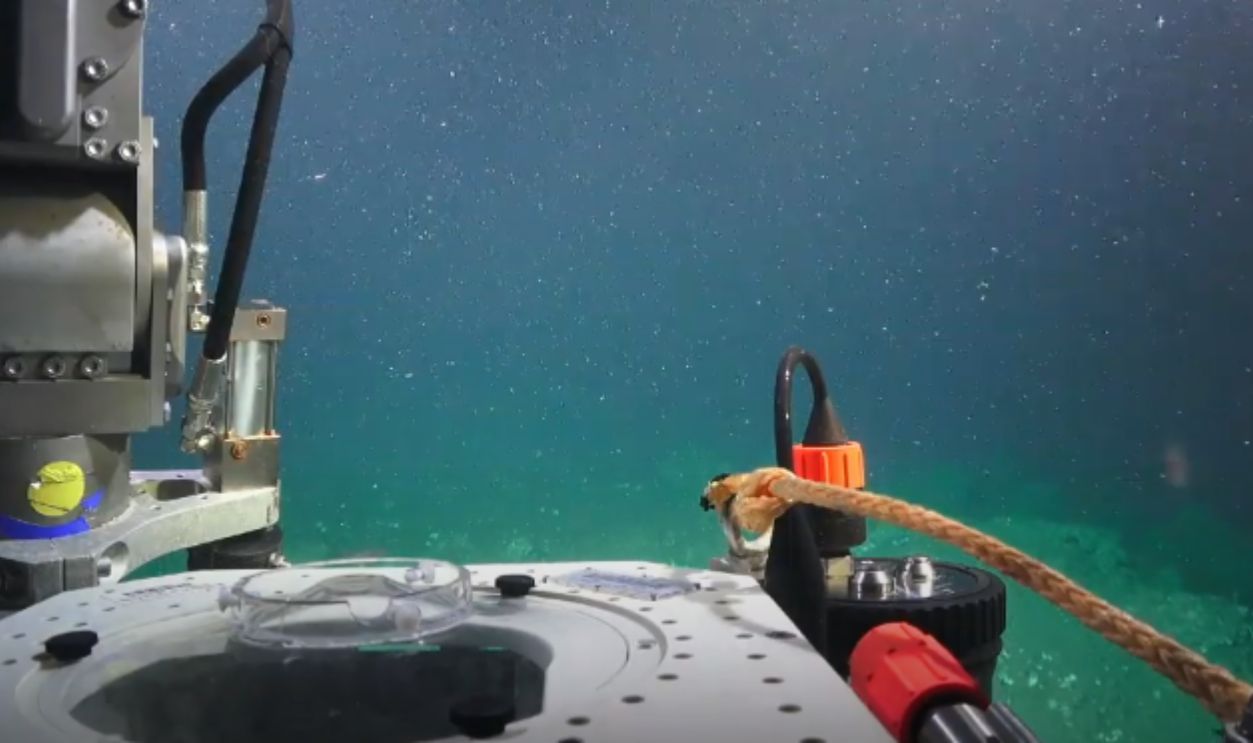 ROV SuBastian Dive 270 - Coquille-900 by Schmidt Ocean
ROV SuBastian Dive 270 - Coquille-900 by Schmidt Ocean
A Thriving Ecosystem Was Discovered Beneath The Ice
You’d expect nothing but muck and microbes under a collapsed ice shelf, right? Surprise: it was practically an underwater garden party. Sea stars danced, and corals swayed. Strange worms also writhed in the gloom like they owned the place. And they kinda did—untouched.
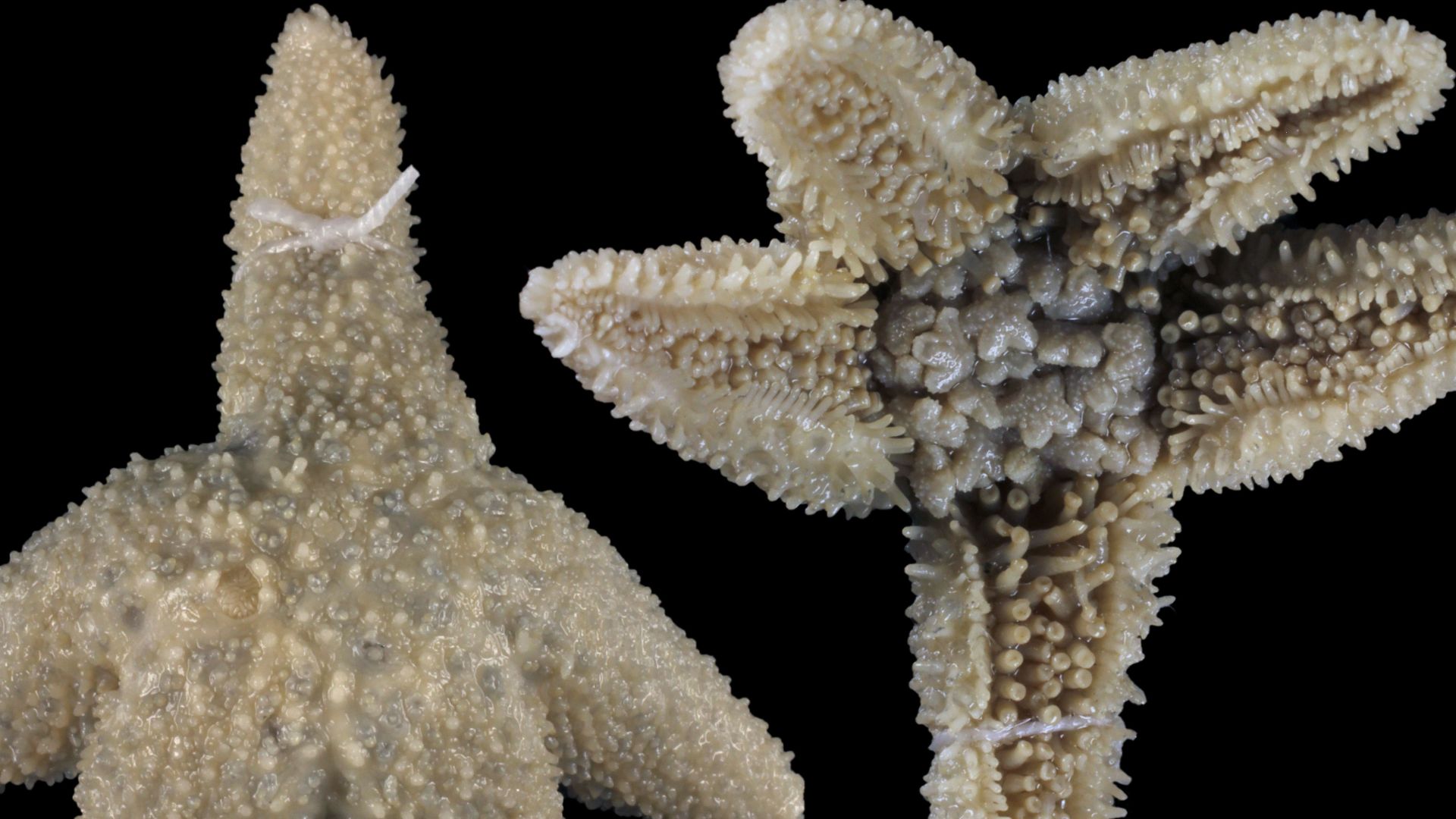 RECOLNAT (ANR-11-INBS-0004) - Marie HENNION - 2017, Wikimedia Commons
RECOLNAT (ANR-11-INBS-0004) - Marie HENNION - 2017, Wikimedia Commons
The Ecosystem Had Been Hidden For Possibly Centuries
Beneath the collapsed George VI Ice Shelf lay a community of organisms that likely hadn’t seen light in hundreds of years. Judging by the size and structure of the creatures observed, researchers believe the ecosystem developed and remained stable long before modern records began.
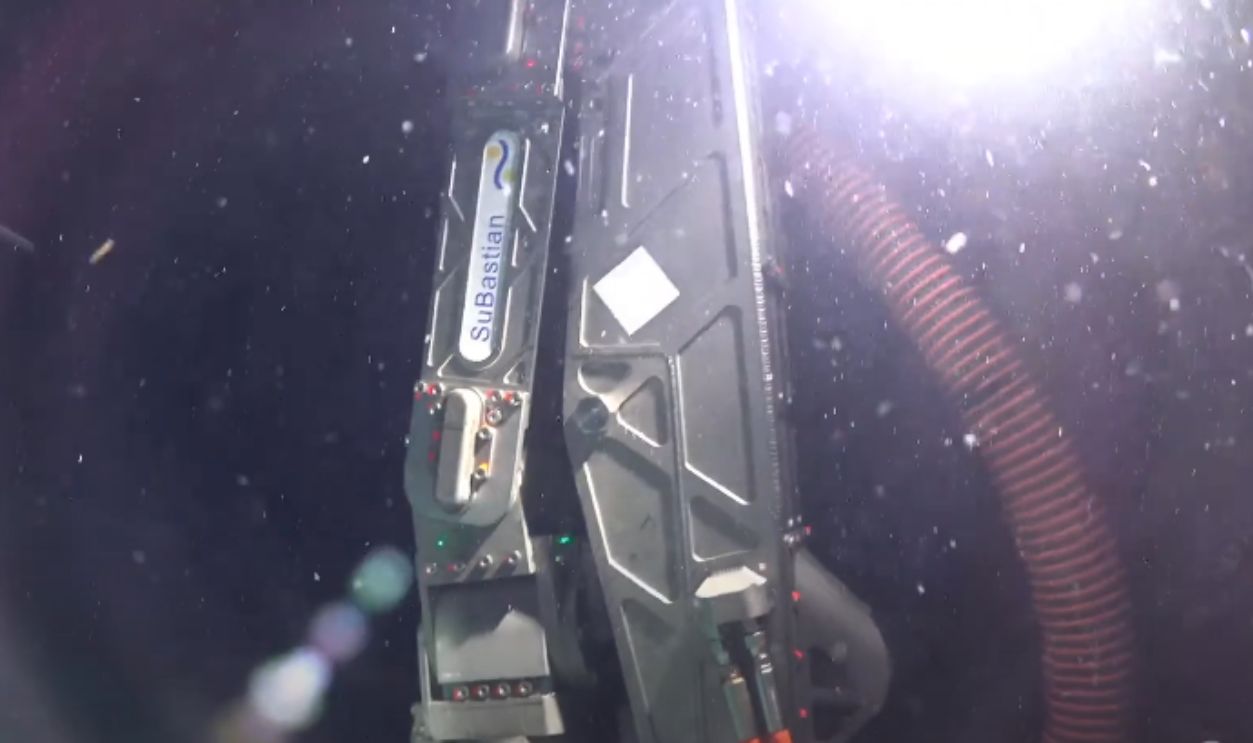 George VI Ice Shelf, Antarctica | SOl Divestream 790 by Schmidt Ocean
George VI Ice Shelf, Antarctica | SOl Divestream 790 by Schmidt Ocean

History's most fascinating stories and darkest secrets, delivered to your inbox daily.
Species Included Sponges, Anemones, And Corals
Let’s talk decor. The seafloor sported thick carpets of sponges, bright anemones, and corals. These weren’t your everyday reef critters, either. Each had adapted to crushing cold and isolation in the dark waters that would drive most life mad. Picture a ghost town, but under the freeze.
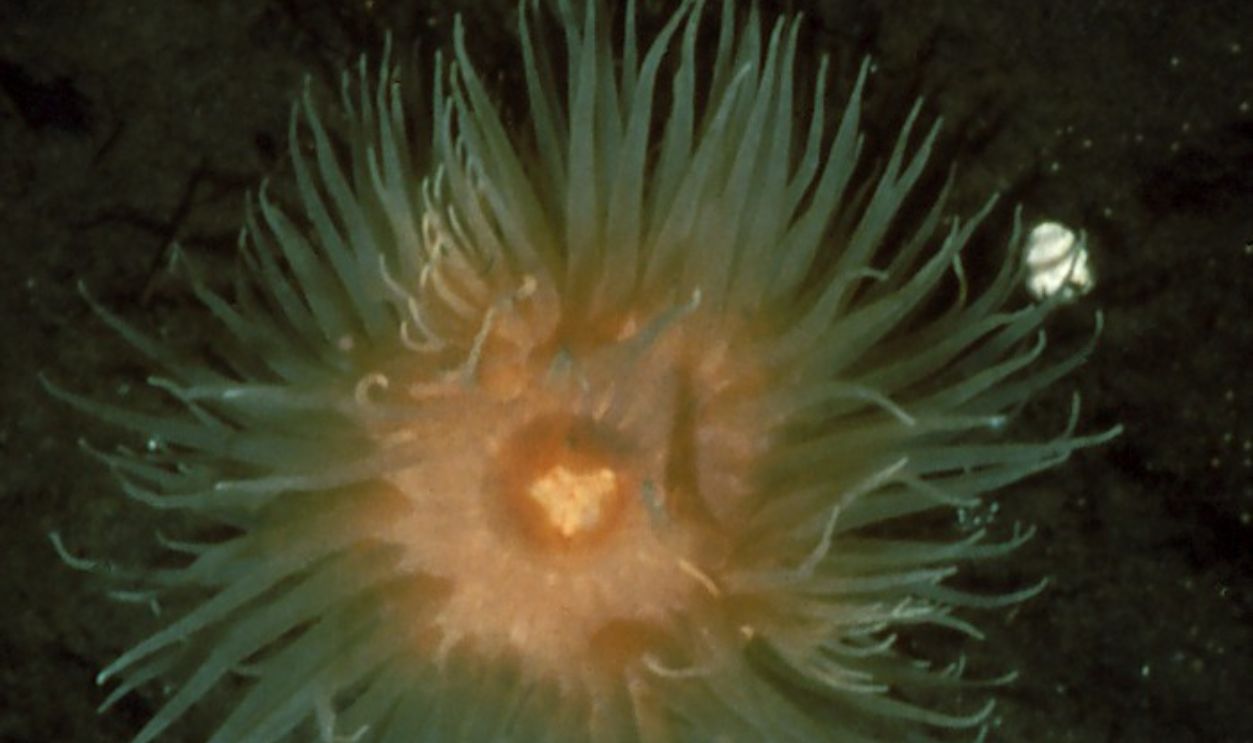 Antarctic and Southern Ocean Coalition, Flickr
Antarctic and Southern Ocean Coalition, Flickr
Giant Sea Spiders And Octopuses Were Among The Findings
Now here’s where it gets weird. How about sea spiders as wide as dinner plates? There were also octopuses cruising by like underwater UFOs. Antarctica’s seafloor revealed these slow-moving marvels in all their glory. Unlike their tropical cousins, these creatures thrive in glacial waters.
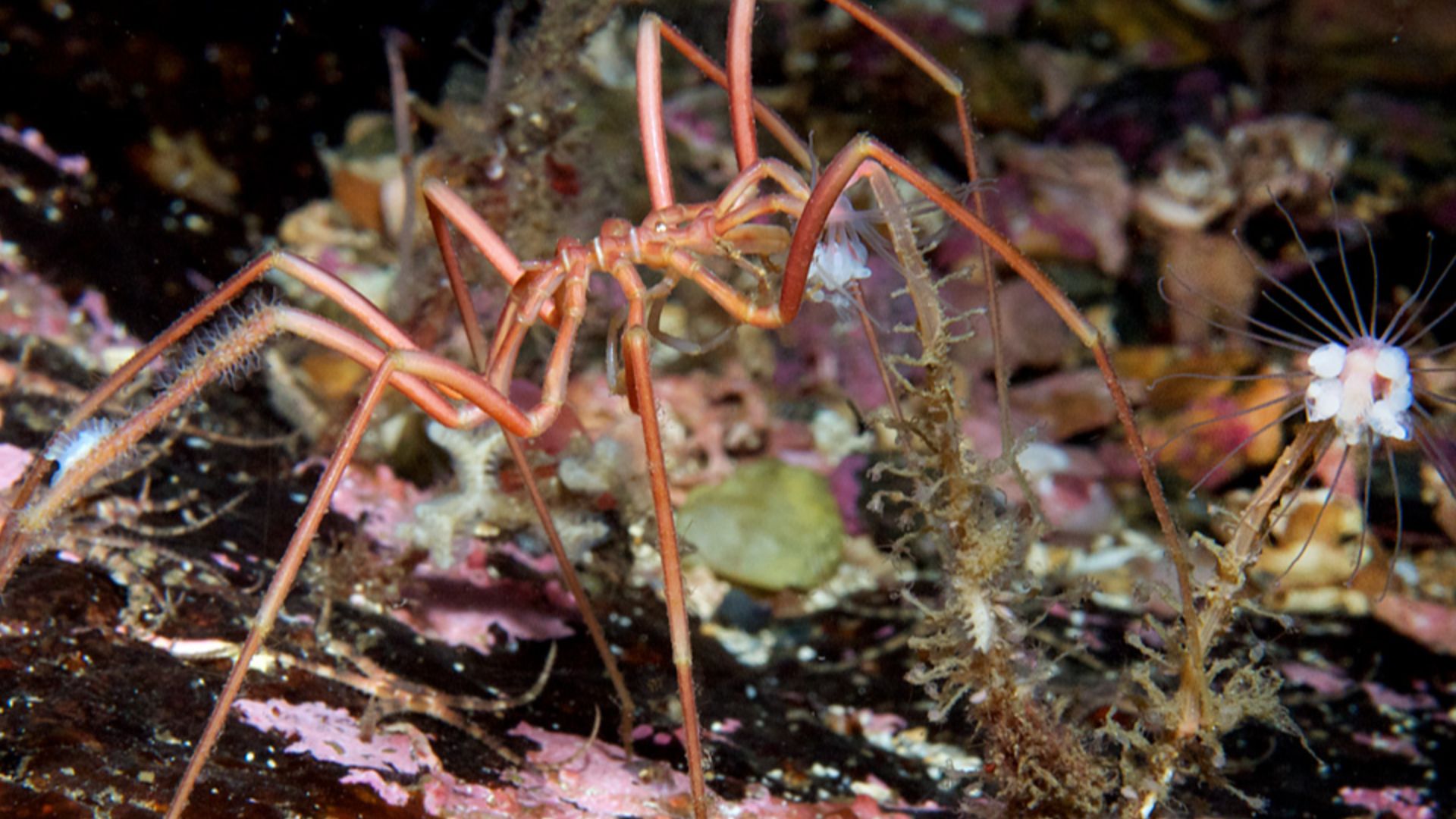 Bernard Picton, Wikimedia Commons
Bernard Picton, Wikimedia Commons
A Helmet Jellyfish Was Documented For The First Time In The Area
No one expected it, but there it was: the helmet jellyfish gliding elegantly with its long, splayed tentacles. Never before seen in this corner of the Antarctic, it floated into view like a ghost with style. Scientists watching the footage gasped. Who knew this jelly had been hiding here all along?
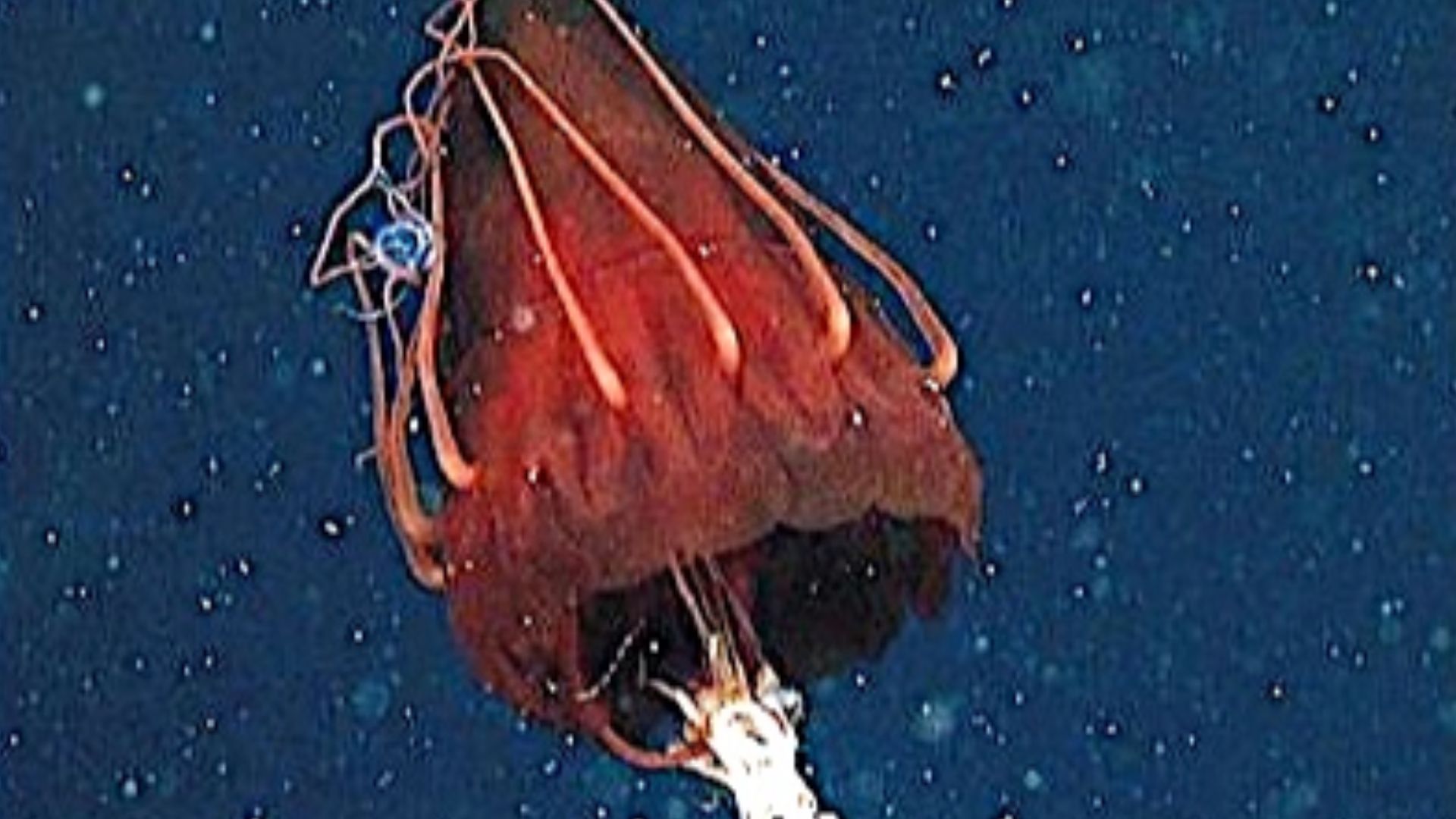 C. Anela Choy, Steven H. D. Haddock and Bruce H. Robison, Wikimedia Commons
C. Anela Choy, Steven H. D. Haddock and Bruce H. Robison, Wikimedia Commons
The Discovery Challenges Assumptions About Life Under Ice
Before this discovery, most scientists believed ice-covered regions supported only basic microbial life or scavengers. The findings under the George VI Ice Shelf overturned that assumption. This rich community showed active ecological interactions, including predators, filter feeders, and various forms of symbiosis.
Nutrient Sources For The Ecosystem Remain A Mystery
Despite close examination, the energy sources sustaining this ecosystem remain largely unexplained. Researchers observed species that typically rely on detritus or falling organic matter, but such inputs should be extremely limited under permanent ice cover. Potential nutrient pathways include glacial melt-induced mixing, microbial chemosynthesis, or distant current-driven influxes.
Dozens Of Potentially New Species Were Collected
As samples were recovered, it became clear that many organisms didn’t match known taxonomies. Scientists collected distinct physical features of crustaceans, mollusks, polychaete worms, and cnidarians. Morphological and genetic studies are underway to confirm their uniqueness. Initial comparisons suggest that several dozen of these may represent new species.
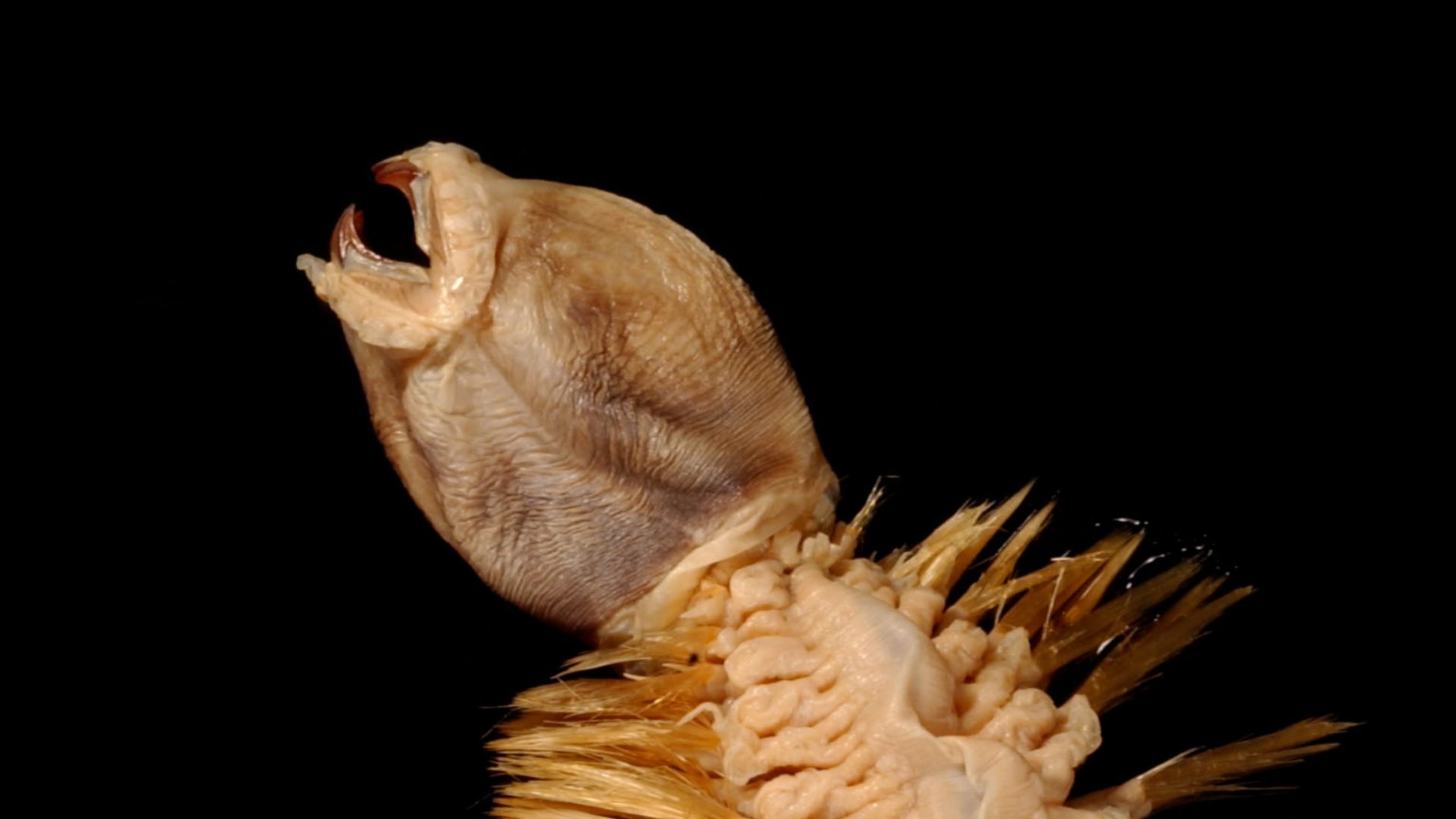 Smithsonian Oceanographic Sorting Center, Wikimedia Commons
Smithsonian Oceanographic Sorting Center, Wikimedia Commons
New Specimens Include Crustaceans, Worms, And Sea Snails
Among the cataloged life forms were deep-sea crustaceans with specialized claws and sea snails with heavily calcified shells. These animals showed signs of adaptation to low temperatures and limited light. Some crustaceans displayed features suited for scavenging, while others fed on detritus within the sediment layers.
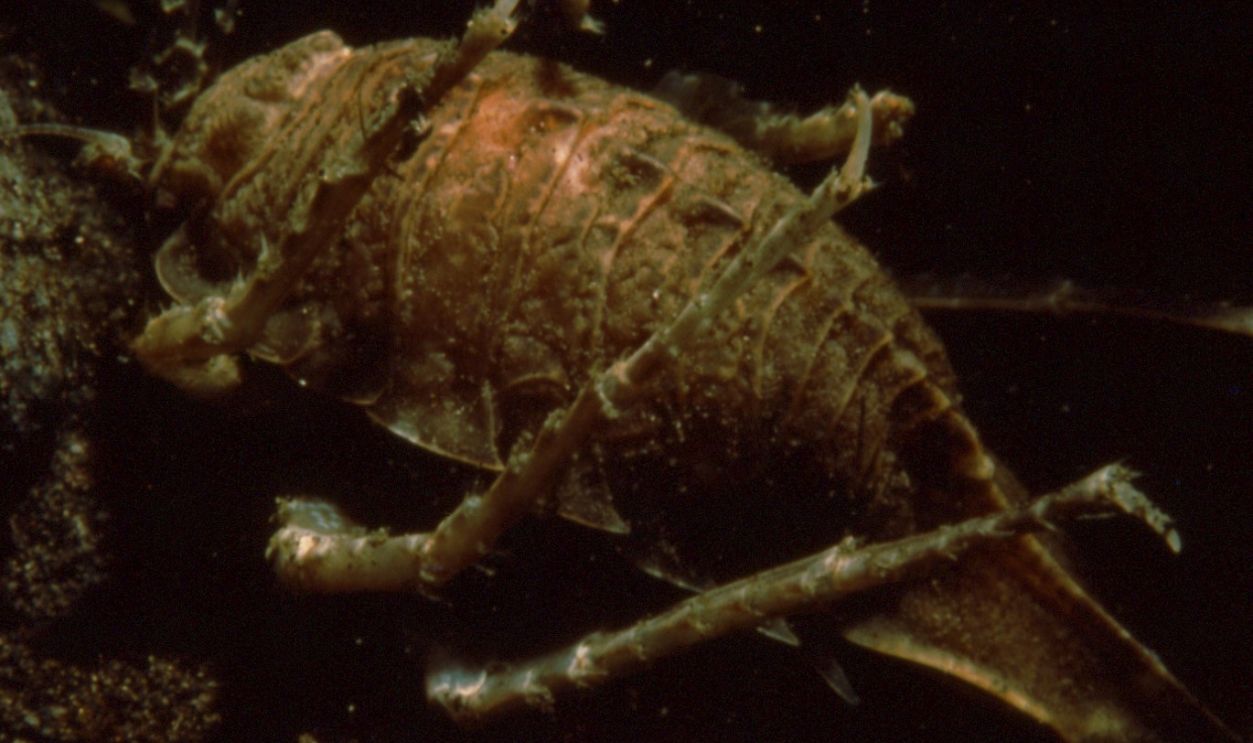 Antarctic and Southern Ocean Coalition, Flickr
Antarctic and Southern Ocean Coalition, Flickr
Laboratory Analysis Is Ongoing To Confirm New Species
Identifying a new species involves comparing anatomical features, genetic markers, and reproductive structures against existing records, which can take several months. So far, preliminary results suggest significant genetic divergence from cataloged specimens, especially among smaller benthic invertebrates. Confirming new species status requires peer-reviewed validation.
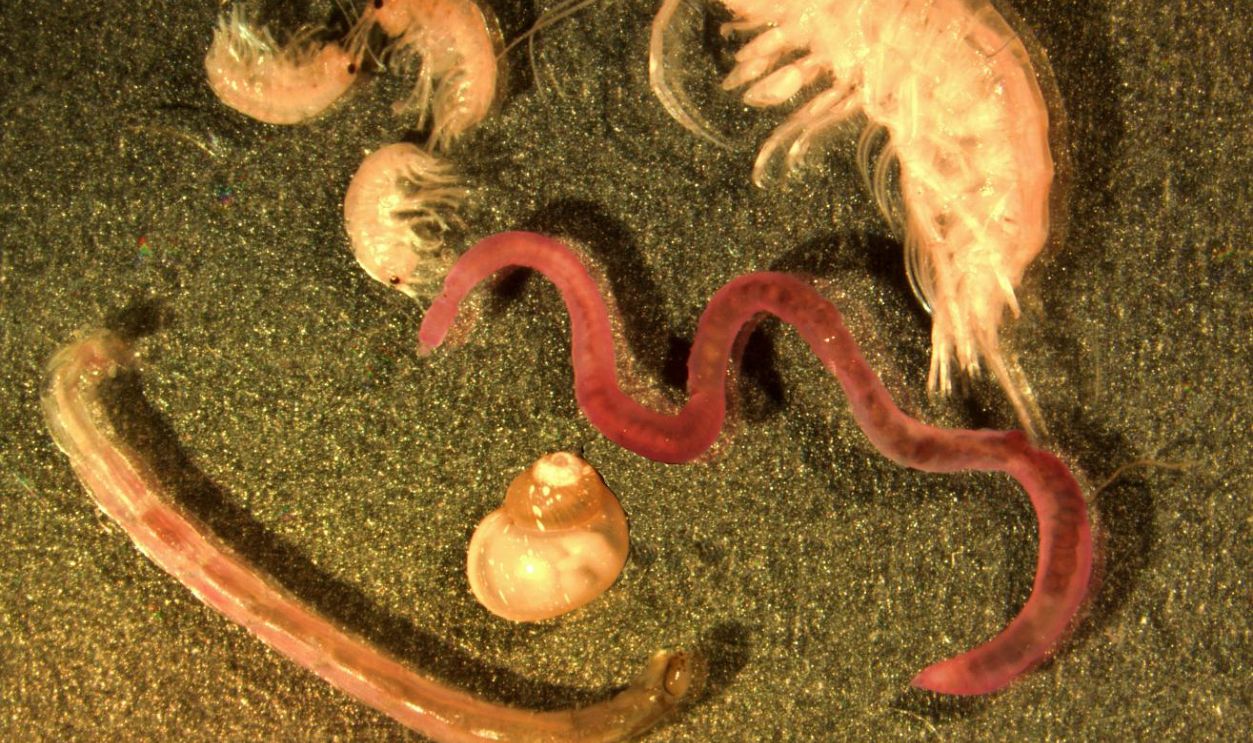 NOAA Great Lakes Environmental Research Laboratory, Flickr
NOAA Great Lakes Environmental Research Laboratory, Flickr
The Discovery Provides A Baseline For Future Studies
The exposed ecosystem offers a rare benchmark for studying how marine communities respond to sudden environmental change. Future visits to the same area can help track biological succession and the impact of increasing sunlight exposure. By comparing data over time, scientists can observe how formerly ice-covered habitats transition biologically.
Climate Change Accelerates Ice Shelf Disintegration
Surface air temperatures on the Antarctic Peninsula have risen nearly three degrees Celsius since the 1950s. This warming accelerates basal melting from underneath ice shelves and surface melting during summer. Together, these effects weaken structural integrity. Satellite records show a consistent retreat of the George VI Ice Shelf’s edge.
The George VI Ice Shelf Holds Significant Grounded Ice
Grounded ice differs from floating ice in that it directly contributes to sea-level rise if destabilized. The shelf acts as a buttress, slowing the movement of inland glaciers toward the sea. Its weakening or collapse could accelerate glacial discharge into ocean basins and contribute directly to global sea level increases.
Its Collapse Could Contribute To Rising Sea Levels
If the George VI Ice Shelf were to collapse fully, glaciers behind it could surge forward at much higher speeds. Such an increased outflow would translate into a measurable sea level rise. Current projections estimate that the complete destabilization of this region alone could raise sea levels by several millimeters.
The Discovery Highlights The Resilience Of Life
Without sunlight, under immense pressure, and near-freezing temperatures, these species adapted structural and behavioral traits to survive. Their persistence emphasizes life’s resilience even in zones considered inhospitable. By studying these creatures, researchers understand how evolution unfolds in isolated ecosystems and how such life forms might respond to future disruptions.
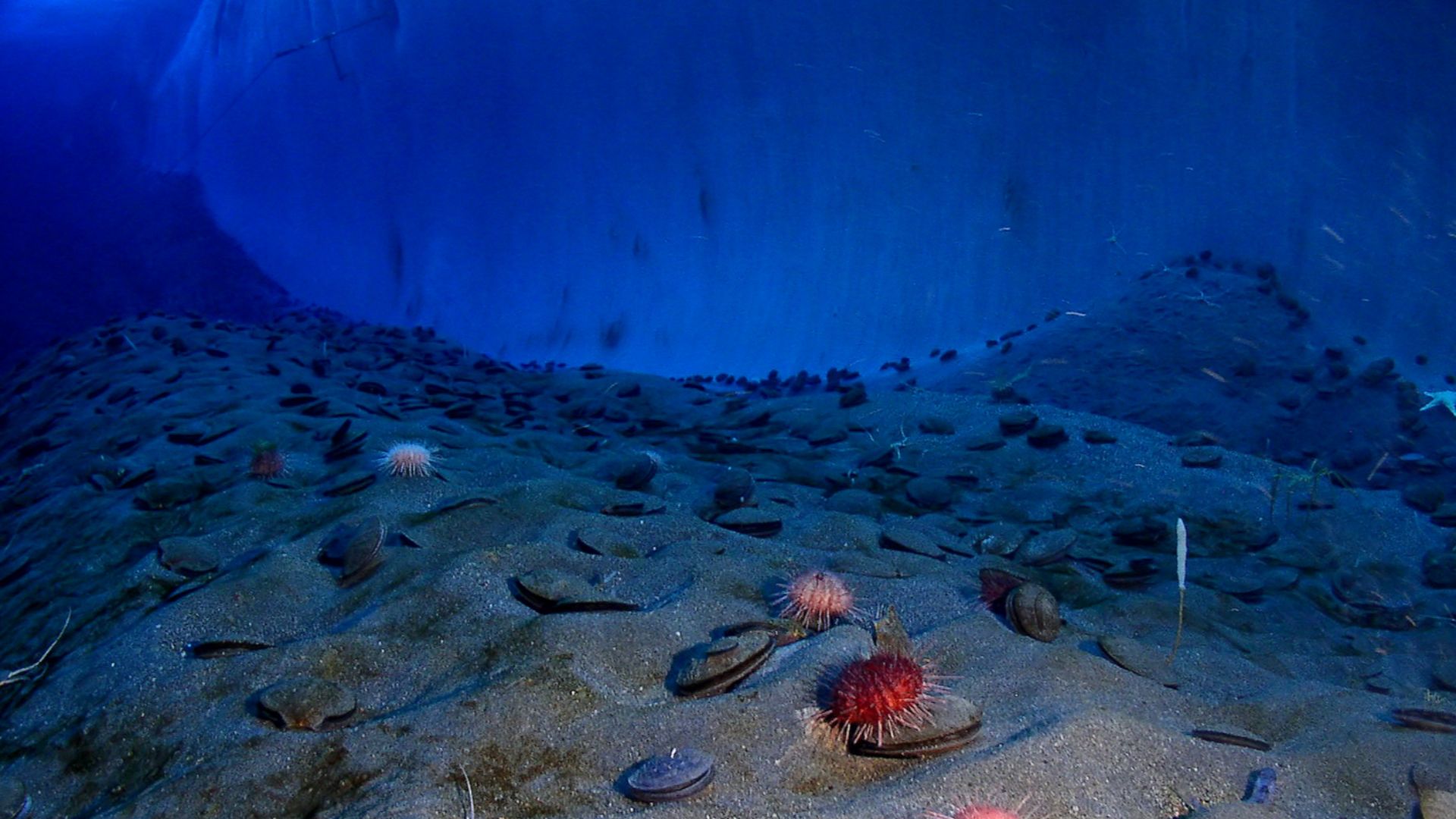 NSF/USAP photo by Steve Clabuesch; uploaded by en:User:Fishdecoy, Wikimedia Commons
NSF/USAP photo by Steve Clabuesch; uploaded by en:User:Fishdecoy, Wikimedia Commons
Future Expeditions Aim To Monitor Ecosystem Changes
Scientific teams plan return missions to track biological changes over time. These follow-up studies will compare species distribution and sediment chemistry to the current baseline. Shifts could reveal how newly exposed ecosystems react to increasing light, changing temperatures, and open water currents.
 Erwan AMICE, Wikimedia Commons
Erwan AMICE, Wikimedia Commons
The Schmidt Ocean Institute Plans Further Research
The Schmidt Ocean Institute, which operates the Falkor (too), has committed to additional polar research projects. Building on this expedition’s success, future missions aim to explore similar environments around newly calved icebergs and exposed seafloors. Using advanced technology, the institute seeks to document untouched biodiversity.
 U.S. Embassy, Jakarta from Jakarta, Indonesia, Wikimedia Commons
U.S. Embassy, Jakarta from Jakarta, Indonesia, Wikimedia Commons
The Expedition Marks A Milestone In Polar Exploration
Never before had a science team accessed and studied an Antarctic seabed so soon after the ice retreat. The expedition integrated multinational expertise in marine biology, oceanography, and robotics to achieve its goals. Their rapid mobilization significantly advances polar region exploration.
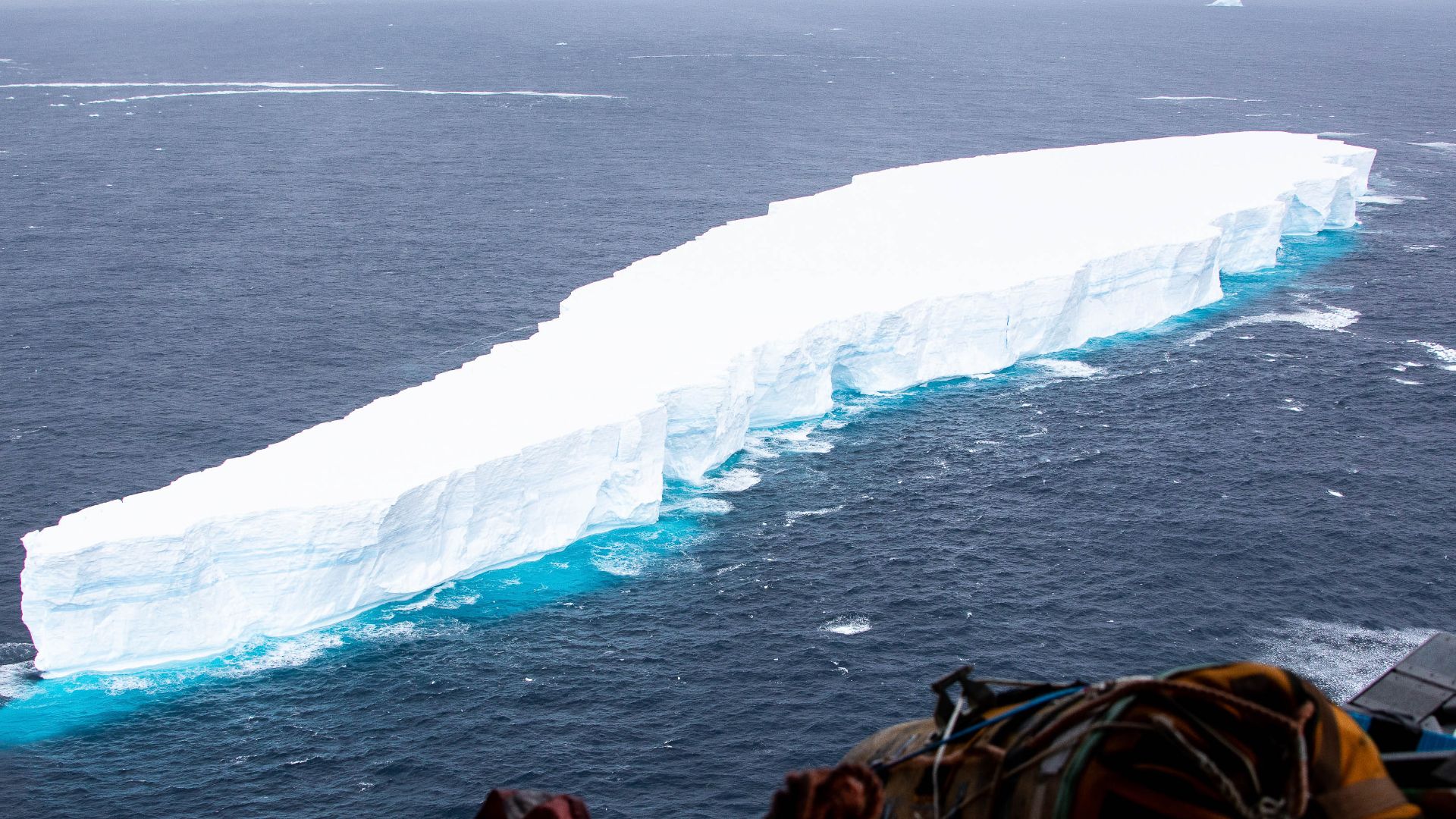 Cpl Phil Dye RAF, Wikimedia Commons
Cpl Phil Dye RAF, Wikimedia Commons
The Hidden World Beneath The Ice Offers New Insights
What lies beneath the George VI Ice Shelf isn’t just scientifically valuable—it’s a window into Earth’s climatic and biological future. Discoveries from this ecosystem challenge assumptions and refine climate impact models. As more ice shelves retreat, similar habitats may emerge worldwide. Studying them early ensures we understand what’s at stake.
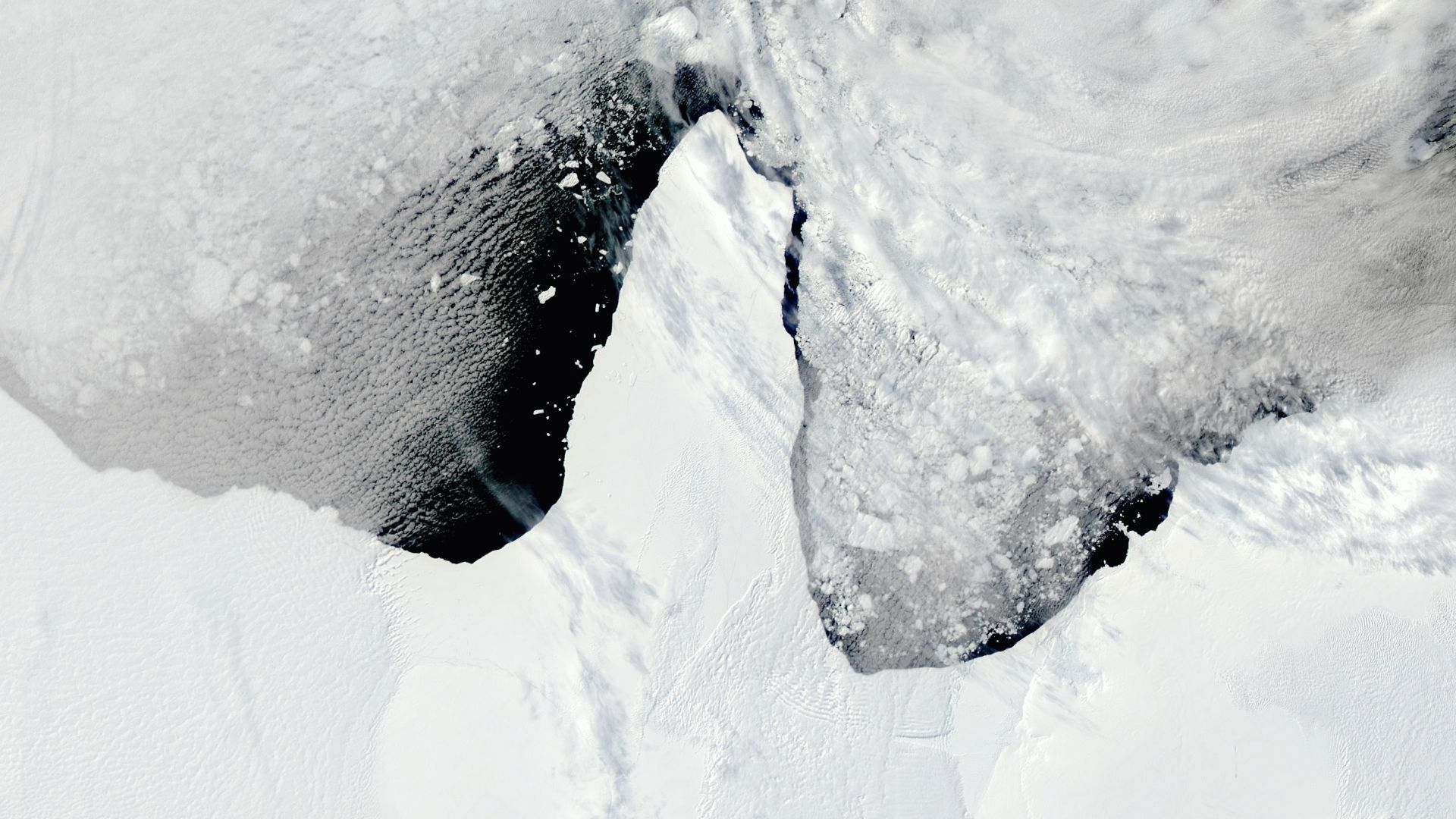 Jeff Schmaltz, Wikimedia Commons
Jeff Schmaltz, Wikimedia Commons

